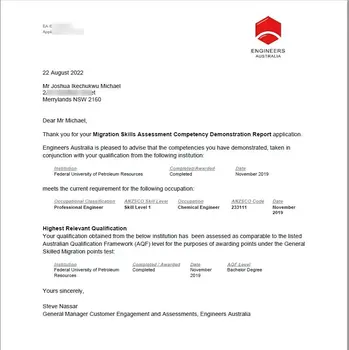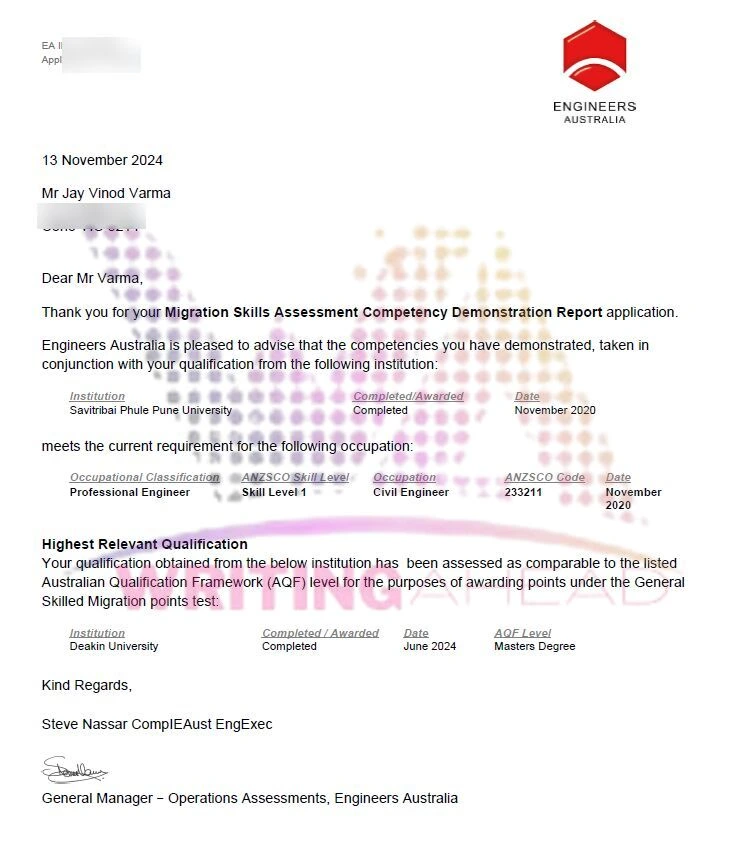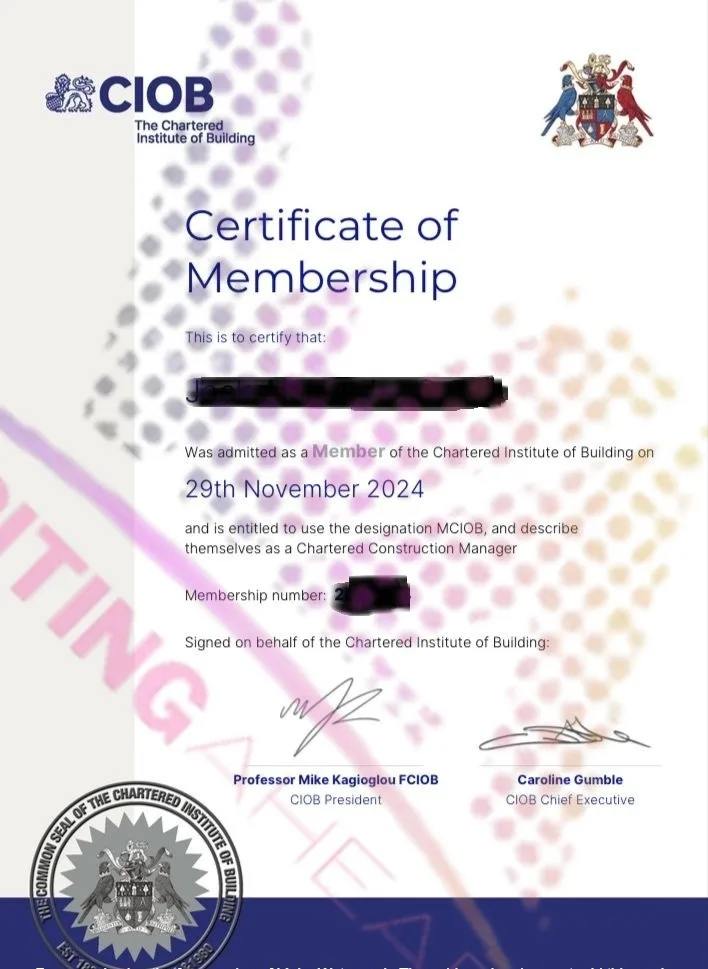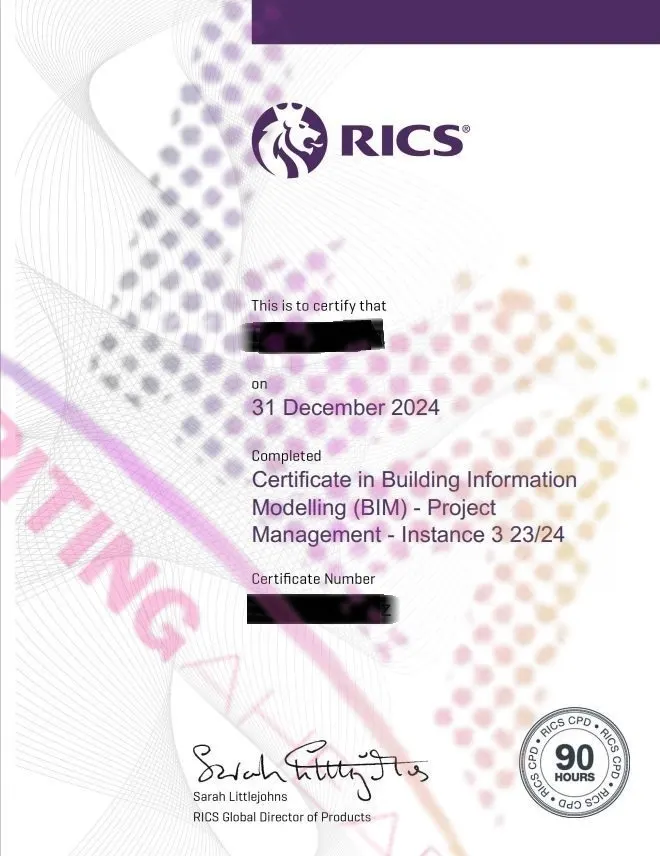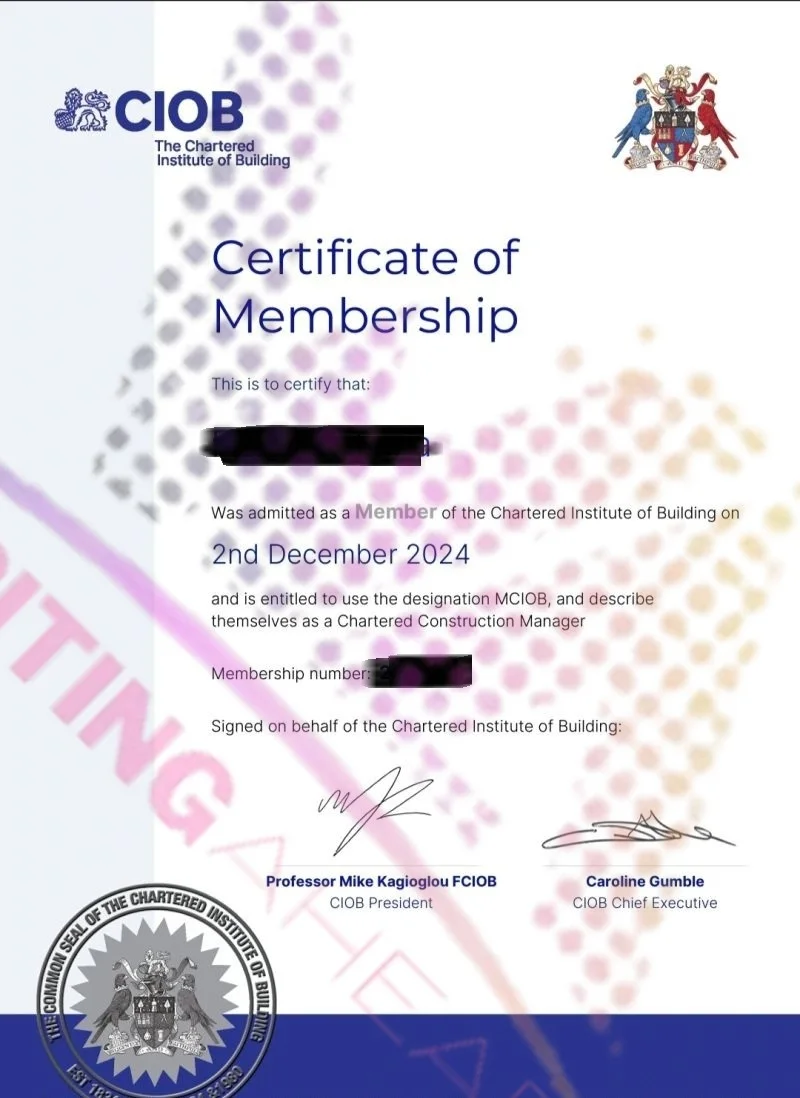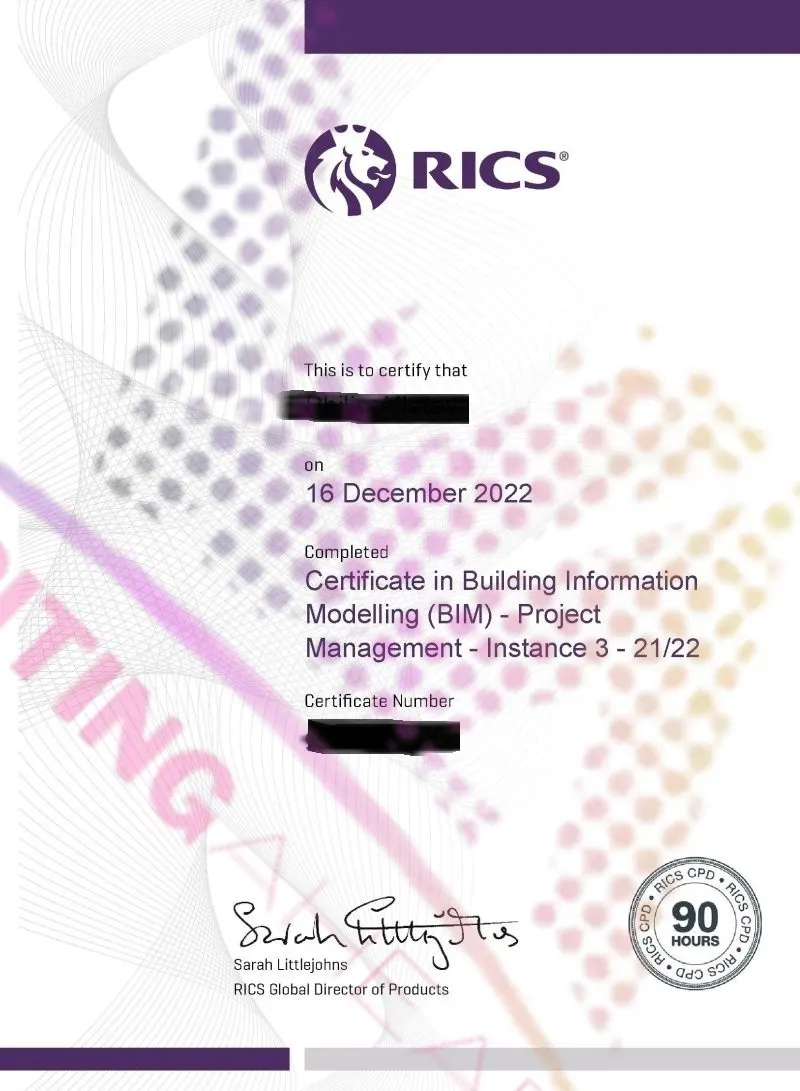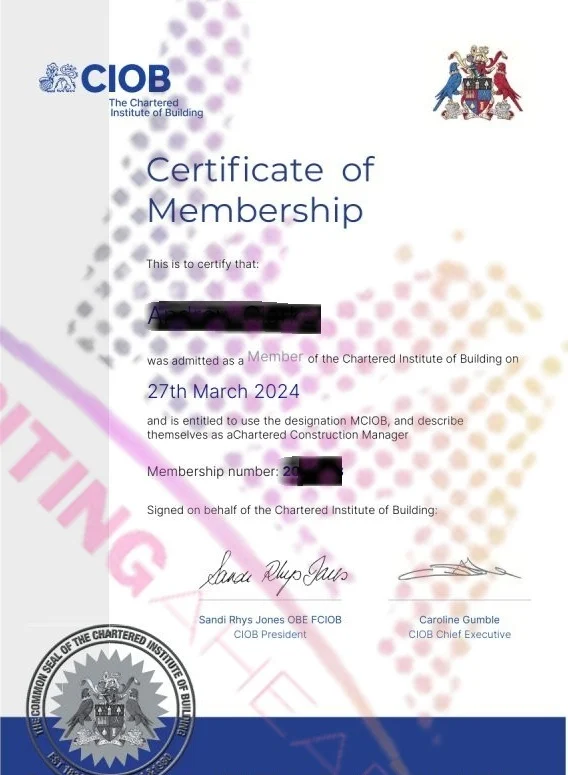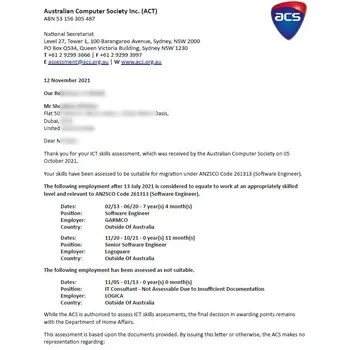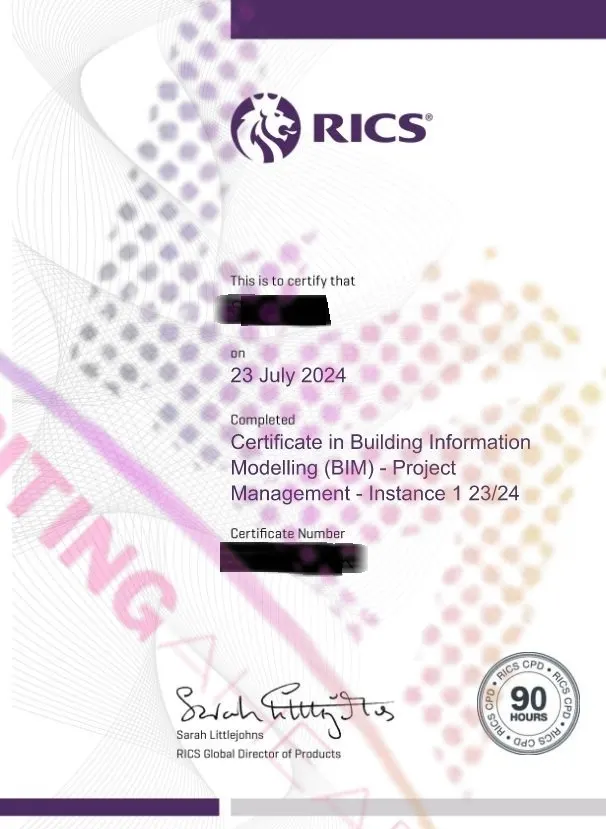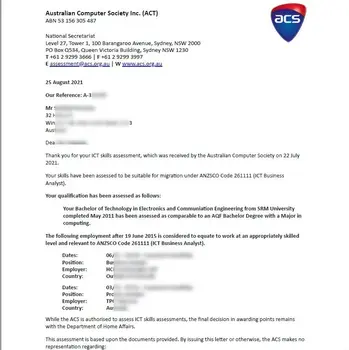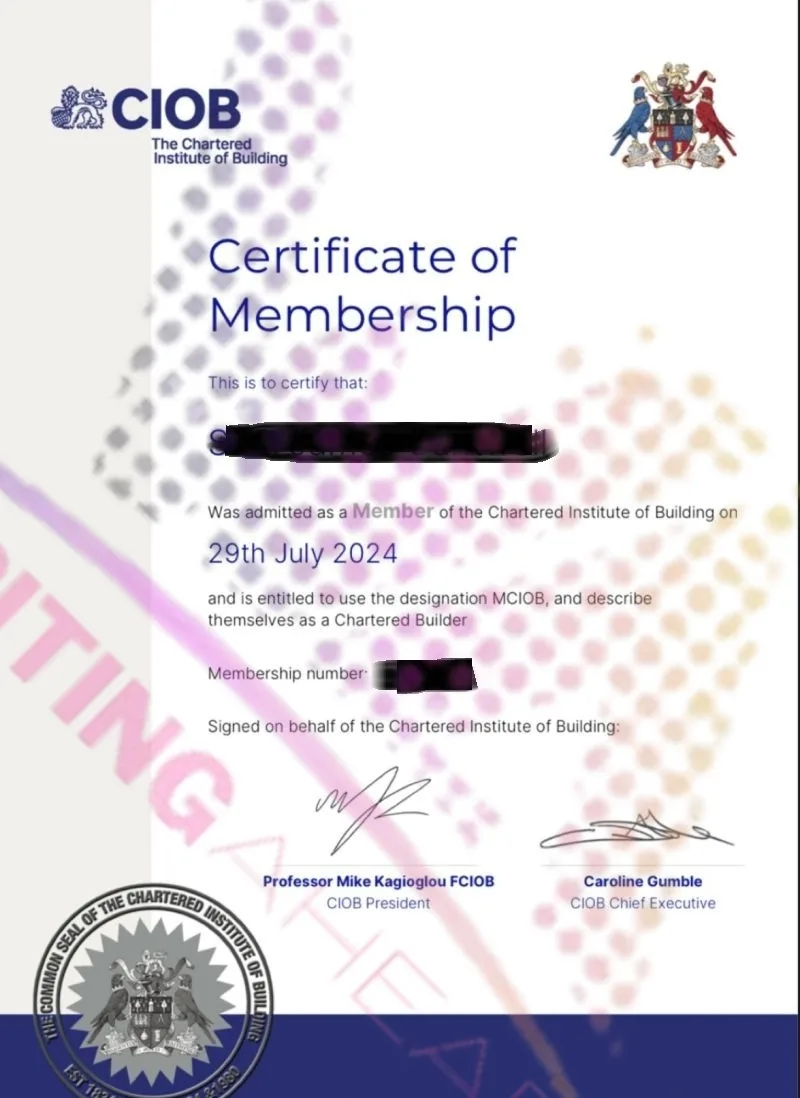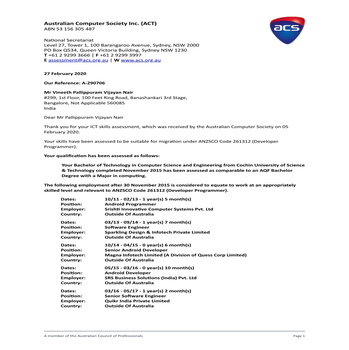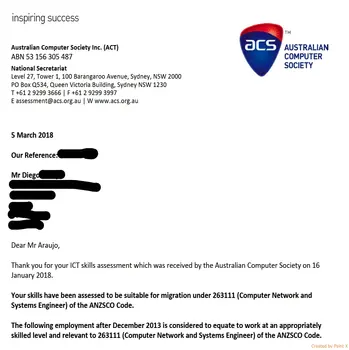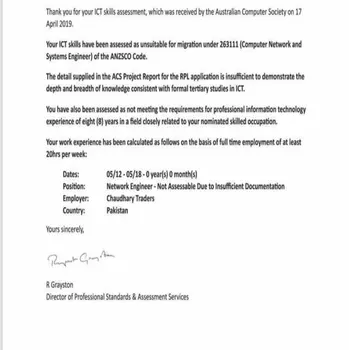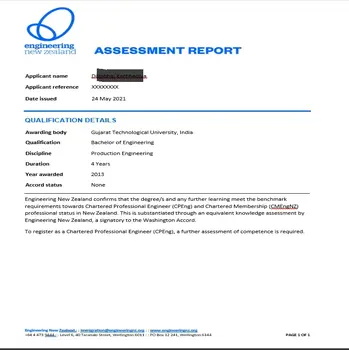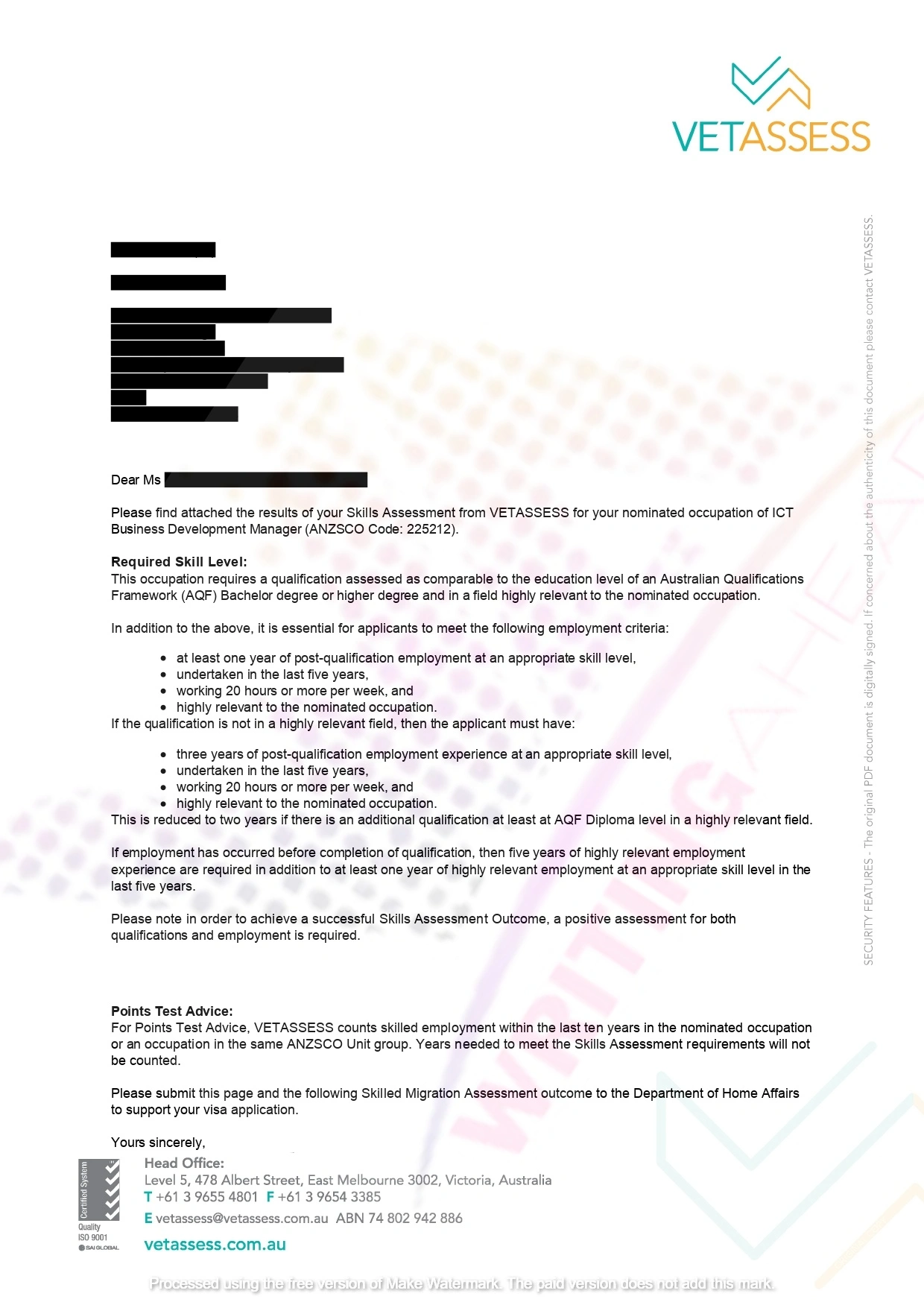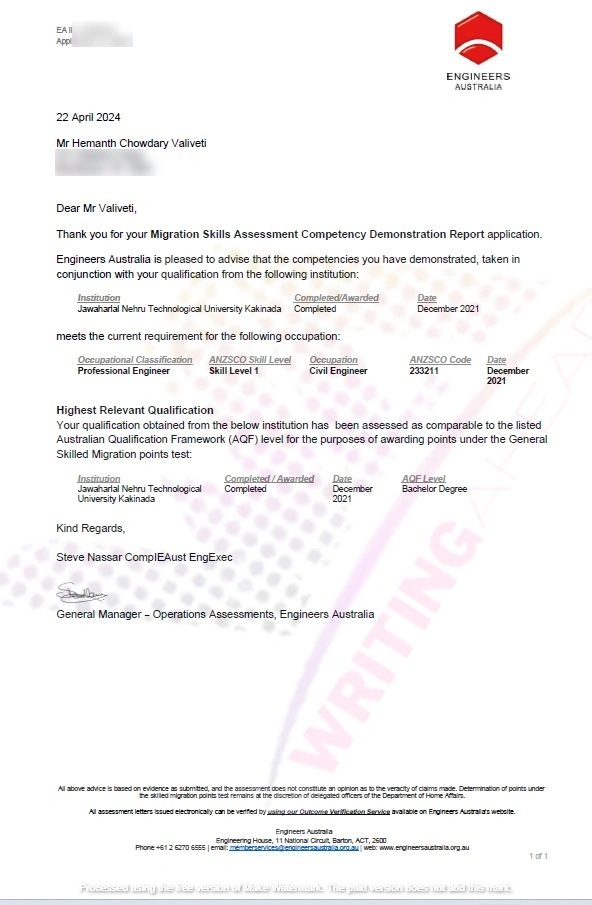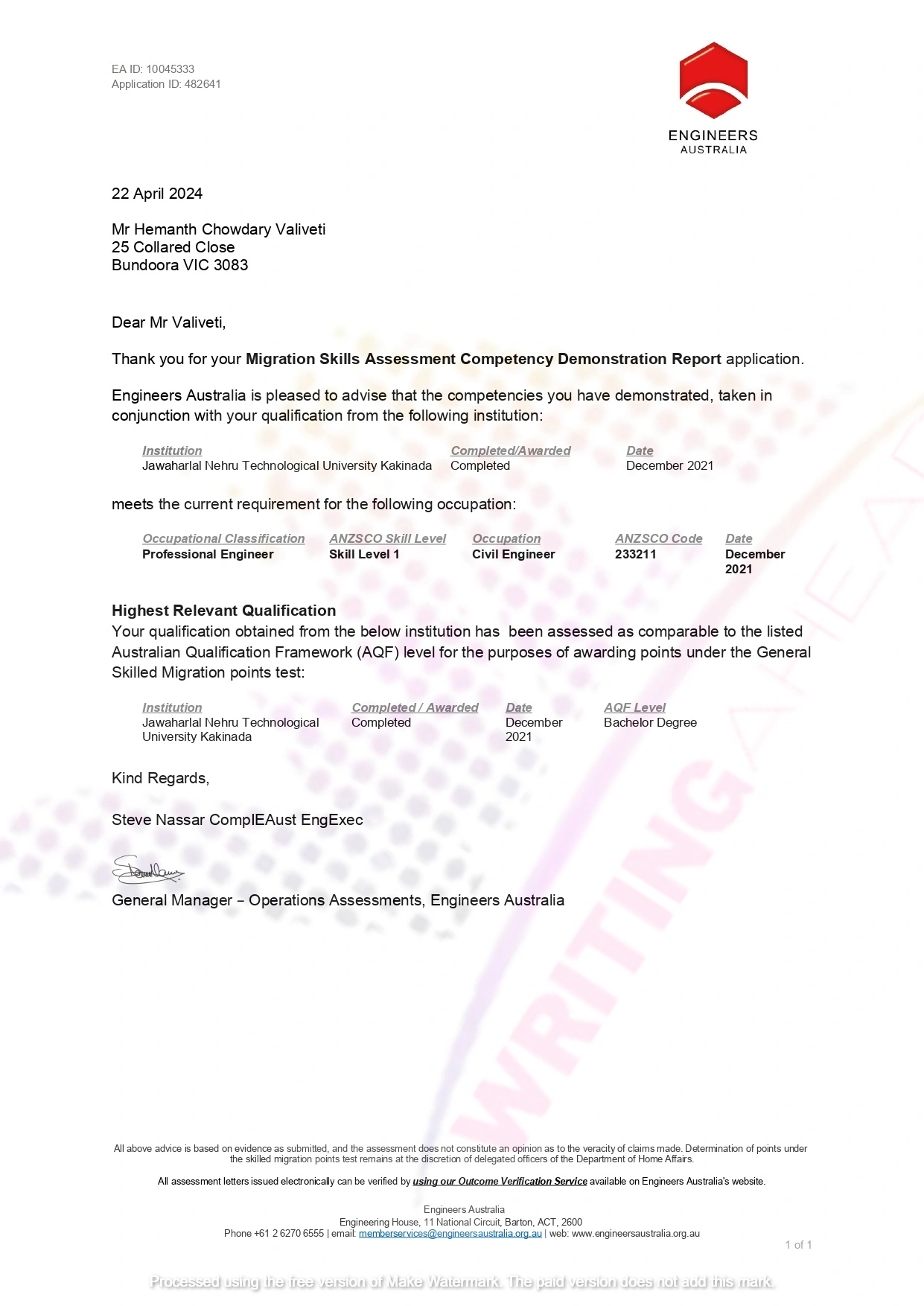What is CPEng Chartered Engineer in Australia
CPEng (Chartered Professional Engineer) is a prestigious professional certification awarded by Engineers Australia (EA) to engineers who demonstrate high levels of competence, ethics and leadership in their engineering discipline This means if the engineer meets professional standards universally recognized and complex -Able to carry out independent and responsible engineering work. The CPEng certificate is highly respected in the industry and essential for engineers seeking senior positions, leadership roles and independent roles in Australia and around the world.
CPEng Eligibility Requirements
To apply for a CPEng position, an engineer must meet the following requirements.
- 1. Qualifications: A four-year engineering degree recognized by the Washington Convention or an Engineers Australia deemed equivalent.
- 2. Work Experience: Minimum of 5 years relevant working experience in engineering. Experience must demonstrate ability to solve complex technical problems independently.
- 3. Competency Demonstration: The applicants should demonstrate their skills in 16 competency areas of the qualification as follows:
- Personal commitment: Ethical practice, lifelong learning.
- Responsibility to community: Responsibility for public welfare and environmental sustainability.
- Technical skills: problem solving, technical analysis and planning.
- Value in the workplace: Managing projects, risks and stakeholder relations.
- 4. Continuing Professional Development: Technicians are required to undertake at least 150 hours of CPD over three years to maintain their skills and qualifications.
- 5. Professional Referees: Two or more referees (preferably Chartered Engineers) to attest to the applicant’s experience and qualifications.
Who Needs CPEng in Australia?
CPEng appropriate:
- Engineers looking to improve their job credibility and productivity.
- Engineers working in leadership, management, or consulting roles.
- Employees seeking roles that require legal responsibility, such as performing public services.
- Engineers aiming for international career opportunities.
Steps to Becoming a Chartered Engineer
- Self-Assessment Self-assess against the Engineers Australia Stage II Competency Standards to identify strengths and gaps in skills.
- Application: Apply to Engineers Australia , along with detailed evidence of engineering experience. This should be documented in your engineering competency claims (ECCs), where you explain how you arrived at each of the step 2 competency elements.
- Professional Development Program: Enroll in Professional Development Program, which is Engineers Australia program designed to guide you thru the process of constructing your chartered application, including gathering and documenting your evidence.
- Interview: Once your application and ECC have been reviewed, you may be invited for an interview. This is usually an interview conducted by skilled engineers who ask questions to further process your competency and commitment to ethical engineering.
- Continuous Professional Development Record: Check and submit document of your CPD activity. Engineer Australia requires for Chartered Engineers to undertake not less than 150 hours of CPD over 3 years period.
- Outcome: If you effectively demonstrate the desired skills and meet all other stipulations, you'll be granted permitted popularity. This no longer simplest raises your employment status however also increases your career opportunities and incomes capacity.
How to Maintain CPEng Certification?
Once Chartered repute is done, you ought to keep demonstrate your commitment to the profession thru ongoing professional improvement and compliance with Engineers Australia Code of Conduct. You will need to document regularly to your CPD activities and you will be audited from time to time.
Benefits of Becoming a Chartered Engineer
- Recognition: Achieving chartered status is international recognition of your skills and experience. It is confidence and professionalism that can greatly enhance your career prospects.
- Career Opportunities: Many employers prefer or require Chartered Engineers for senior and specialist positions. It can also generate significant revenue.
- Global Mobility: Basicaly chartered status is recognised Global, which may facilitate working overseas, specially in Australia is known as an accredited engineer.
Becoming a Chartered Engineer in Australia is a substantial profession milestone that requires dedication and determination. It can open up numerous opportunities and provide you with a competitive edge inside the engineering industry.
Do you need help preparing your CPEng competency report? 💯 Success Guarantee Contact us today.
Key Errors to Sidestep in CPeng Registration for Australia
When applying for registration CPEng Register in Australia, applicants regularly make mistakes which could result in delays or rejection. Here are top common mistakes and tips on a way to avoid them:
Overcoming Common Mistakes in CPeng Registration for Australia
|
Common Mistake: |
Solution: |
| Inadequate or wrong Documentation |
The inability to include all the required documents or the documents with pieces of inaccurate information. |
- Pay close attention to the checklist offered by the Engineering Australia.
- Make sure you have all the necessary personal information, qualications and working experience.
|
| Poor Performance of Competency |
They do not give enough evidence to prove the necessary competencies. |
- Present clearly, applicable projects or tasks relative to every competency.
- To demonstrate your engineering judgement and technical competence, provide particular examples of that engineering judgement and technical skill.
|
| Insufficient Work Experience Detail |
Giving unclear or broad based descriptions of roles and duties. |
- Provide an elaborate detail about the projects you were engaged in including your part in them and what a difference you made.
- Address engineering issues, solutions and choices of yours.
|
| Laws to Misconducts |
Neglecting the need to show compliance to the Code of Ethical Conduct. |
- Include details about how you are committed to practices that are ethical.
- Consider issues of ethical dilemmas encountered and resolved.
|
| Insufficient Continuing Professional Development |
Failing to meet the CPD requirements or not providing clear documentation of CPD activities. |
- Keep thorough records of all CPD activities.
- Highlight how your CPD activities have improved your engineering practice.
|
| Poorly Organized Application |
Submitting an application that is difficult to follow or doesn't have a logical structure. |
- Make your application easily readable in headings and sections.
- Check and compare the different sections in order to achieve consistency.
|
| Failure to Prepare to the Interview |
Not being ready to face the interview and not able to explain clearly about your competencies. |
- Revise your application and expect the questions that might be brought forth by the assessors.
- Practice explaining how your experience meets the competency requirements.
|
Avoiding above mistakes by carefully preparing your document can increase your probabilities of successful joining of CPEng Register Australia.
Benefit from the knowledge of seasoned professionals who understand the requirements and nuances of the CPEng registration procedure. 📞
Understand the Various CPeng Registration Categories
In Australia, Chartered Professional Engineer Register is managed by Engineering Australia and recognizes engineers who meet high professional standards. While the register itself isn't divided into types, Chartered Professional Engineers are categorized based on the engineering discipline or area of practice which your specialize in.
General Disciplines in registering CPEng
| Civil Engineering: |
This deals with the designing, construction and maintenance of infrastructure such as road, bridges as well as water supply systems. |
| Structural Engineering: |
Deals with the soundness of building and bridges among large structure. |
| Electrical Engineering |
Electricity Systems Designing and administration of electrical systems, power distribution systems and power controlled systems. |
| Mechanical Engineering |
Mechanical engineering is associated with design, manufacture and functioning of equipment, warming ventilation and cooling systems. |
| Geotechnical Engineering |
Geotechnical engineering can be viewed as the analysis of soil and rock conditions to be able to design the foundation on them and make sure that the construction work may be carried out safely. |
| Environmental Engineering |
Is involved with the minimization of the effects of engineering works to the environment and pollution control. |
| Fire Engineering |
The Fire Engineering is an expert in the field of fire protection and in building and designing structures that will protect buildings and systems against fire-prevention, fire-detection and fire-containment. |
| Transportation Engineering |
Provides plans, designs and maintains transport system such as roads, rails and airports. |
| Water and Hydraulic Engineering |
Entails planning and controlling of water facilities such as dams, reservoirs, water treatment facilities and others. |
| Software and Systems Engineering |
Consists of designing and administering complicated software or electronic systems in the field of engineering. |
CPEng Assessment Process
- Competency Demonstration: Candidates must demonstrate competence in your precise area of exercise thru designated reports and interviews.
- Regular Review: Chartered Professional Engineers are reassessed every 5 years to make certain you hold to satisfy the required requirements.
Discipline you follow under will decide the precise talents required, so it is vital to align your experience and qualifications accordingly.
CPeng Assessment Writing Comprehensive Guide
Chartered Professional engineering assessment is an all- inclusive process which obliges engineers to manifest their technical skills, professional competency. The following is helpful in writing a successful CPEng application:
Learn the Requirements
- Competency Standards: Ask yourself to memorize the competency standards that inform engineers Australia that usually include:
- Engineering knowledge.
- Problem analysis and solution design
- Safety and Risk management.
- Ethics, communication skills.
- Continuing Professional Development.
- Eligibility: Ensure that you are eligible on the basic criteria, as well as qualification and relevant work experience.
Documents and Indexes Organization
- Competency Self-Assessment:
- First of all, examine the items of the competency and assess yourself objectively.
- Determine what else is required by way of additional information or evidence.
- Career Episodes:
- Write thorough career events where specific bulk of how you portray your work is described in terms of competence.
- Concentrate on interesting projects or duties that could demonstrate your technical and managerial abilities.
- Design your episodes in a more logical manner with headings covering a specific competency.
- Work Experience Report:
- Give a description of your job which will include your duties and responsibilities.
- Point out accomplishments and impact of your work at the enterprise or a project.
Ethical Conduct
- Code of Ethical conduct:
- Give evidence of your ethical adherence.
- Include situations where you made difficult decisions with safety, legality, or integrity in mind.
Continuing Professional Development
- Documentation:
- Include a comprehensive list of CPD activities over recent years.
- Highlight workshops, seminars, training programs, and conferences attended.
Final Checks and Review
- Self-Assessment:
- Verify that you have adequately addressed each competency.
- Make sure that you have a supporting evidence to all claims.
- Peer Review:
- Ask someone or someone who is a mentor to look at your application at least once.
- Revise depending on the feedback accordingly.
- Formatting:
- Get the format of everything while using the application.
- Check for spelling, grammar and accuracy.
Interview Preparation
- Mock Interviews:
- Be ready with some questions which can be asked on the basis of your application.
- Train to speak in an honest way and as briefly as possible.
Having adhered to the guidelines mentioned above and thoroughly preparing your documents, you will be able to present a very good CPEng application which will show how your skills correspond with the requirements of Engineers Australia.
Get access to a rich pool of materials aiding you to go through every step of the registration process successfully, such as guides to the application, sample documents, and consultations on individual basis.🏆
Is CPEng Worth it?
Yes, CPEng is worth it. It validates your knowledge, enhances your professional credibility and might open doorways to superior career possibilities. Chartered status is extensively identified, frequently leading to higher earning capability and stronger industry reputation.
Is it Worth Getting Chartered as an Engineer?
Yes, getting chartered as an engineer is commonly worth it. Chartered status not only validates your skills and professionalism but also complements your profession prospects, popularity and earning ability.
What is Difference Between an Engineer and a Chartered Engineer?
The CPEng register is a professional registration maintained by Engineers Australia (EA) in Australia. It recognizes engineers who have demonstrated the highest standards of professionalism, competence, and ethical conduct in their engineering practice.
Who can apply for registration on the CPEng register?
An engineer is a professional who applies technical information to solve problems, even as a chartered engineer has met rigorous expert standards and is diagnosed through a expert body for their superior competence, experience and dedication to continuous professional development. Chartered engineers generally enjoy higher credibility, multiplied profession possibilities and are seen as leaders of their field.
What are Benefits of Being on CPEng Register?
Being CPEng register means that an engineer has met rigorous requirements of competence and professionalism of their engineering exercise. It enhances an engineer's credibility and reputation within the engineering profession and can open up new career possibilities, including leadership roles and consulting possibilities.
Is it hard to Get Chartered Engineer?
No! But Chartered Engineer status can be challenging due to strict qualification requirements and rigorous assessment requirements. However, with proper experience, continued specialist development and thorough documentation, many engineers effectively achieve this coveted reputation.
Is Registration on the CPEng Register Mandatory?
Registration at the CPEng register isn't always obligatory for all engineers, but it is surprisingly regarded and may be required or favored for certain engineering roles, particularly in sectors including consulting, authorities and project management.
How is the CPEng Register Different from Other Engineering Registrations or Certifications?
CPEng register in is particularly aimed toward recognizing engineers who've demonstrated competence and professionalism at the highest stage of engineering practice. It isn't the same as different engineering registrations or certifications, such as professional engineering licensure or membership of a expert engineering association.
Is Registration on CPEng Register Permanent?
Basically registration on CPEng Register is maintained on an ongoing foundation rather than being a one-time, permanent award. Once you’re chartered, you continue to be on the register as long as you still meet Engineers Australia’s CPD necessities, pay membership prices and stay in proper standing.
🛡Want to reach the next height in engineering career ladder and obtain the prestigious state of being Chartered Professional Engineer (CPEng)? Connect WritingAhead
